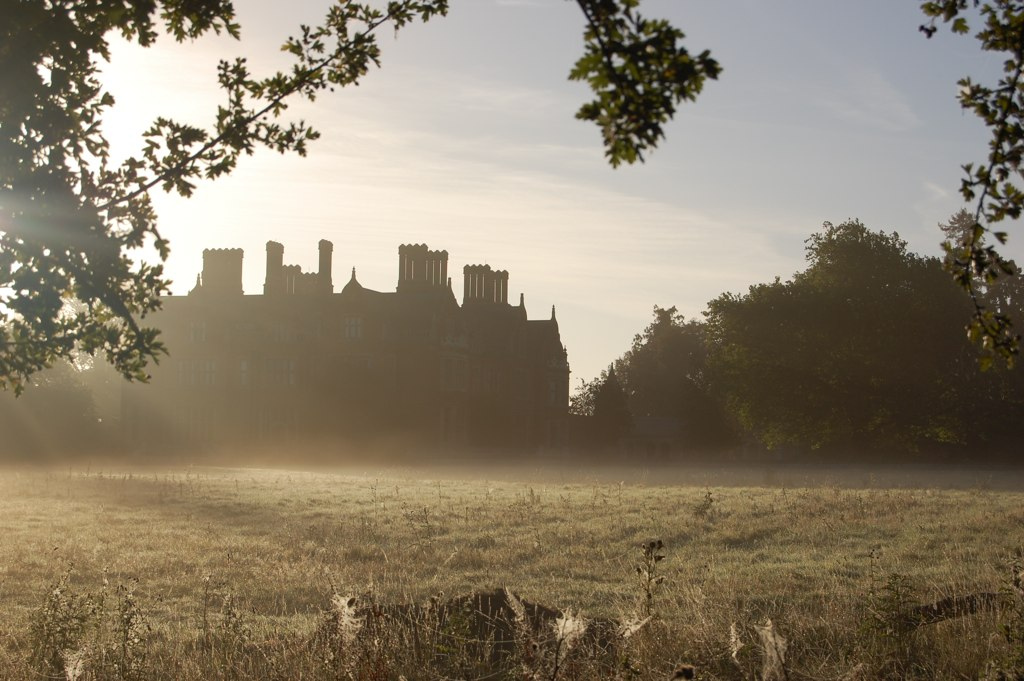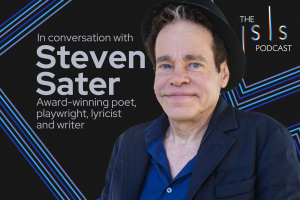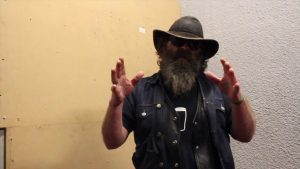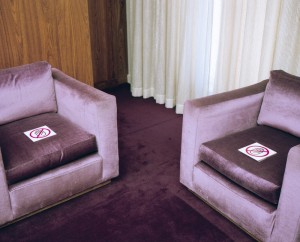
How to Talk to Ghosts
by Emily Frisella | June 11, 2015
The road narrows between two hedgerows and, as the cab slows, a red-brick manor house comes into view. I have arrived at Arthur Findlay College, the UK’s premier educational institution for psychic mediums, to attend the college’s annual Open Week. I am met at reception by Minister Steven Upton, Vice President Administrative of the Spiritualist National Union, who gives me a brief history of Spiritualism, which he calls “the thinking person’s religion.”
“Most religions believe in life after death,” Upton says, “but we’re the only one that scientifically proves the existence of life after death.” Spiritualism is the eighth largest religion in the UK and has its origins in the 19th century, when it regarded itself as a “radical” branch of Christianity. “We’ve always ordained women, gays, straights, blacks, whites. Your soul is genderless and timeless so why should that matter?”
In the college museum, Upton shows me a glass case is filled with wax-coated plaster casts of hands and feet among other objects offering proof of ‘spirit return’. In about 1876, the Librarian explains, these moulds were produced as scientific evidence of the manifestations. The materialised spirit would dip their ectoplasmic hand or foot into hot wax, creating a thin glove; once the wax dried, the limb enclosed in wax was removed through dematerialisation, and the mould was filled in with plaster for purposes of preservation.
Many contemporary mediums believe that these methods might be useful in a medical context, and Upton tells me about the “series of experimental séances” working towards a cure for diabetes. Type I diabetics are unable to produce insulin, and the only way to fix this, Upton says, is to replace the islet cells in the pancreas. “Current medical science can’t do that yet,” he tells me. “But the spirit world can do it by apporting them from another location, another body.”
At a discussion group later in the morning, Judith Seaman ,Vice President Spiritual of the SNU raises this same question of adapting mediumship to the modern age. “Our world has evolved technologically at an amazing pace in our lifetime, but have we evolved in a spiritual way?” she asks the twenty-odd people seated in the sunny workroom. A chorus of “no”s fills the room. “Health is contagious as well as disease. How do you feel about that?” A woman in a pink scarf stands up to speak: “Positive thoughts bring positive outcomes. You hear stories about people who beat cancer through positive thinking.” The room replies with nods and murmurs of affirmation. As the discussion comes to an end, Seaman asks “How many of you believe that you are spirit?” Almost everyone in the room raises their hand. “I don’t believe that I am spirit,” Seaman says, then pauses for emphasis. “I know I am.”
Over lunch, Upton and Seaman attempt to explain to me what it feels like to work as a trance medium. “We allow our minds to be controlled by external intelligences,” Upton says. “It’s a state of conscious cooperation.” “I know who’s there with me, from the spirit world,” Seaman says. “I’m always aware of the group of people who work with me. For the big demonstration, it’s nearly always a man who’s called Jackson—” I nod, trying to remember if Jackson was one of the speakers I met this morning.“— he’s got a sense of humor,” Seaman says. “He’s still very much like he was when he was alive.” Jackson, I realise, is a spirit.
Photo by Tim Coombe




